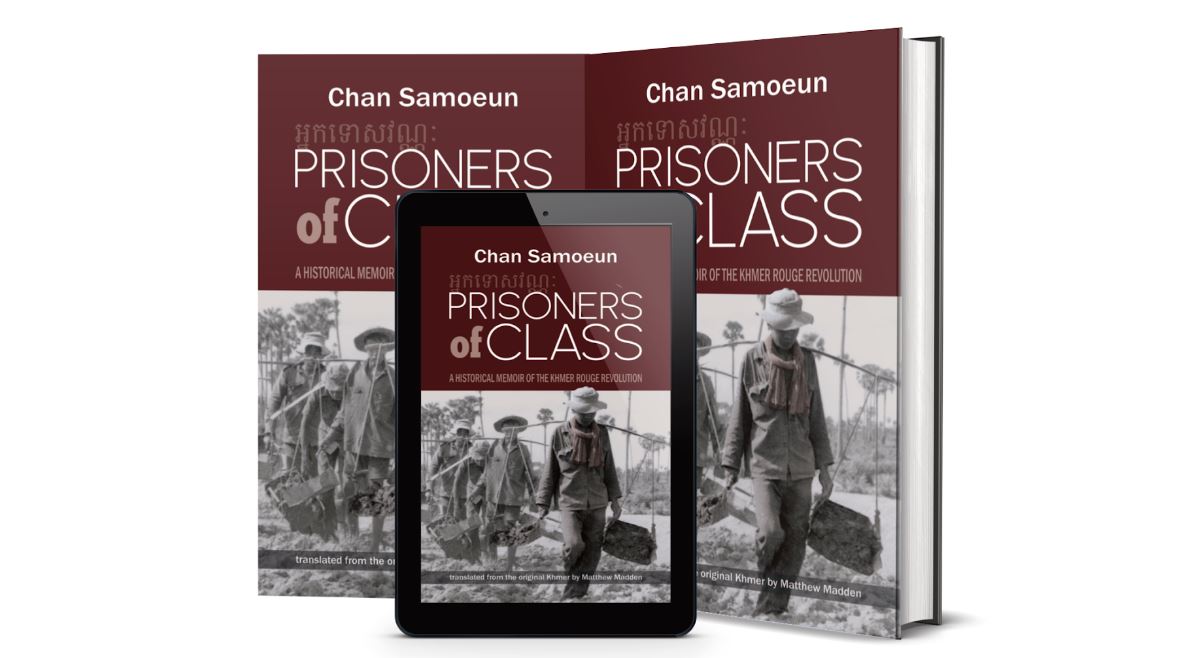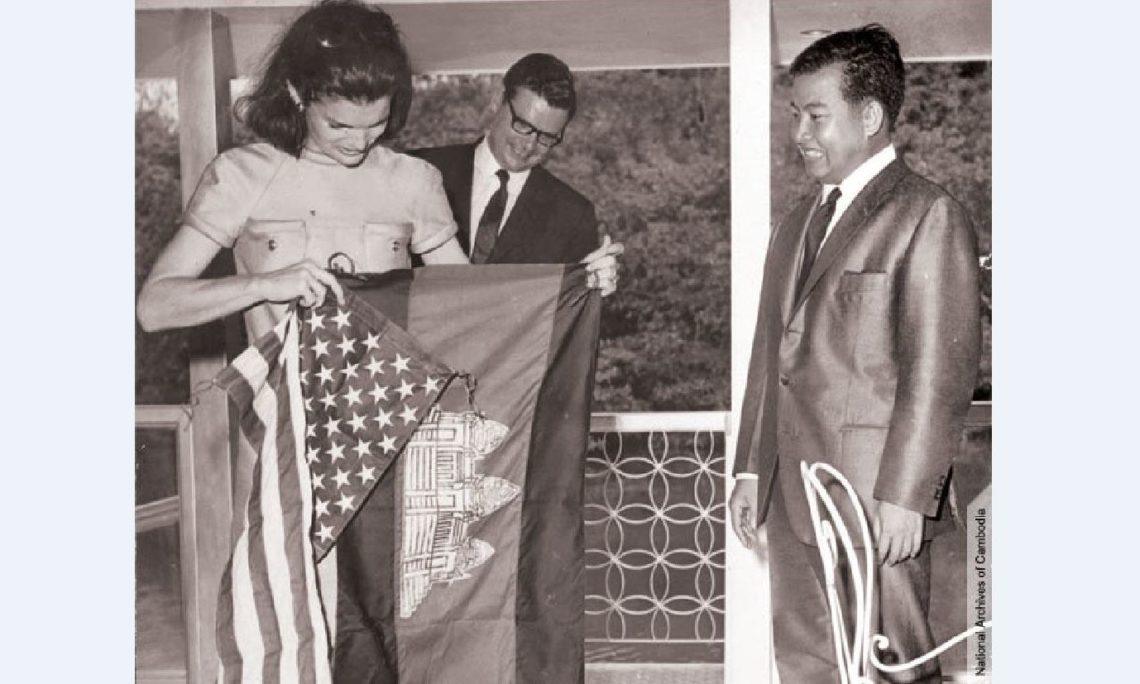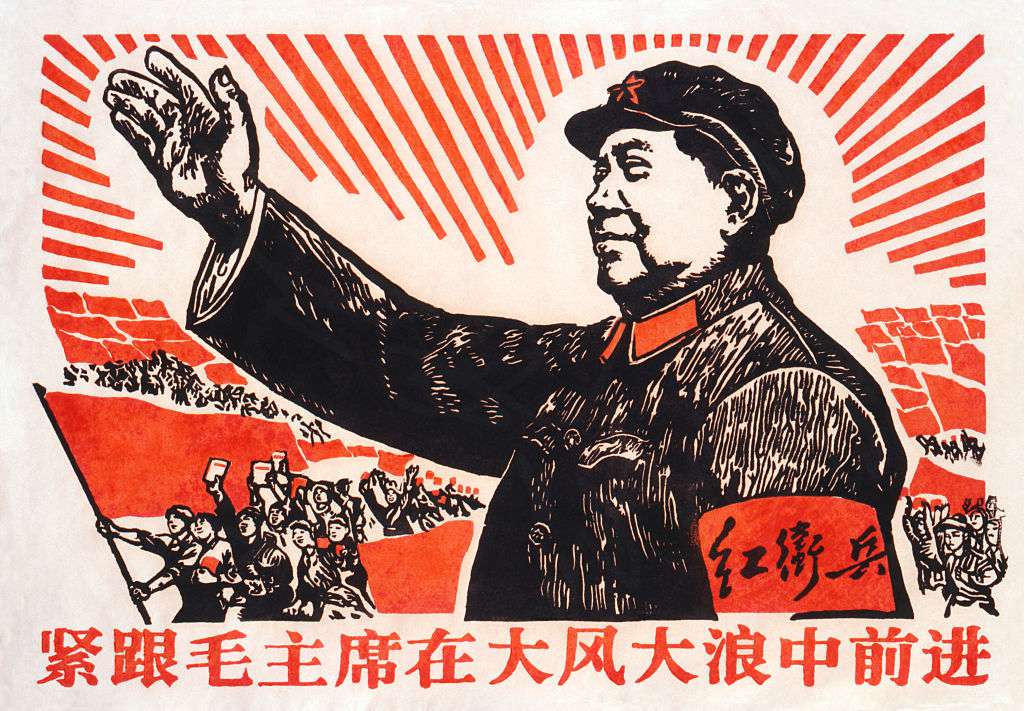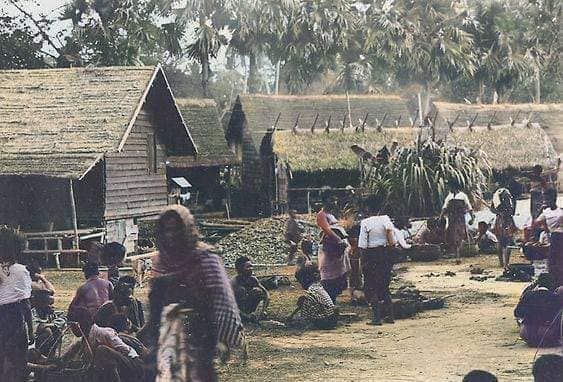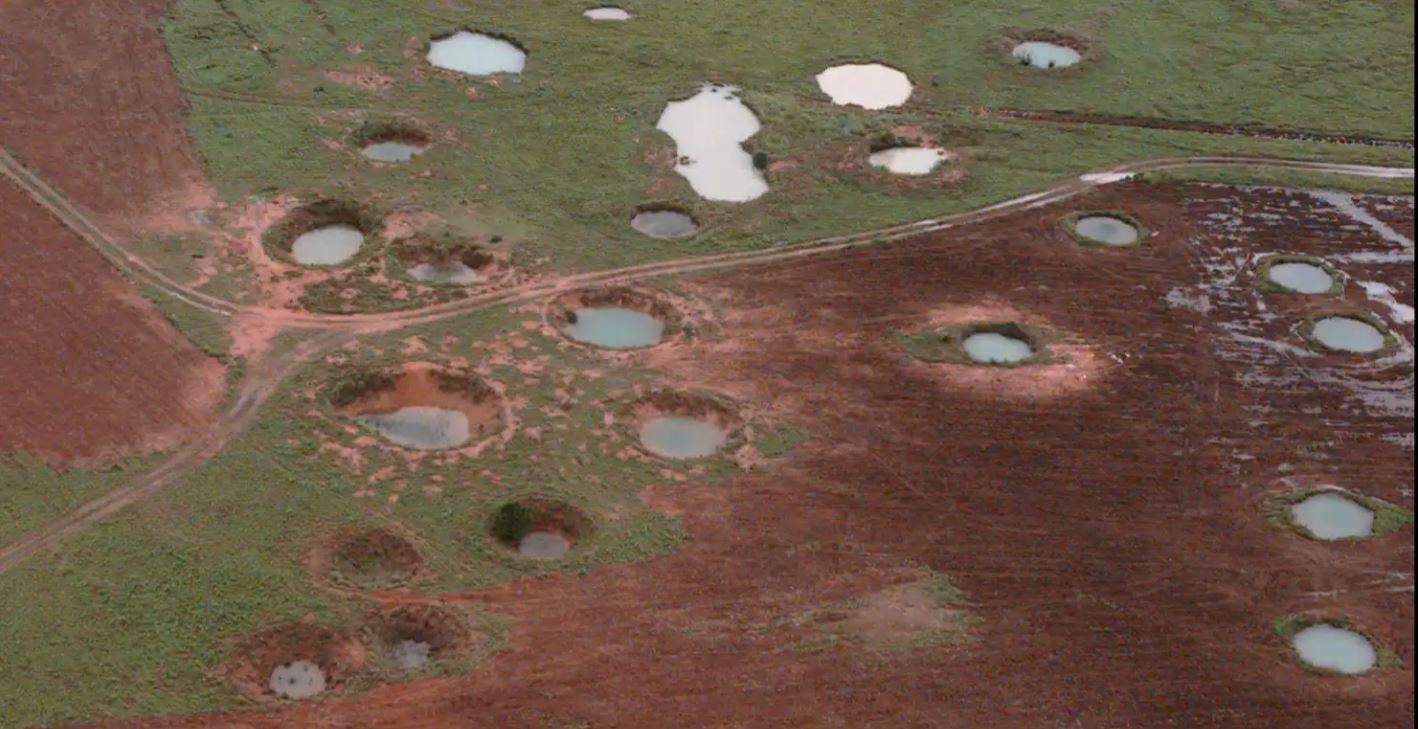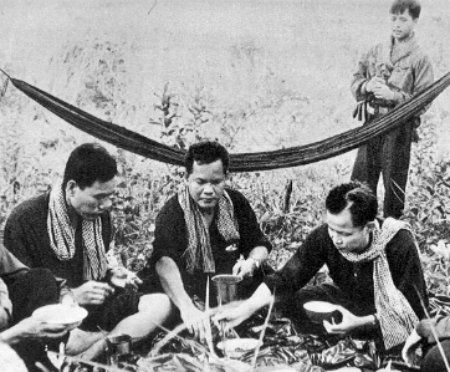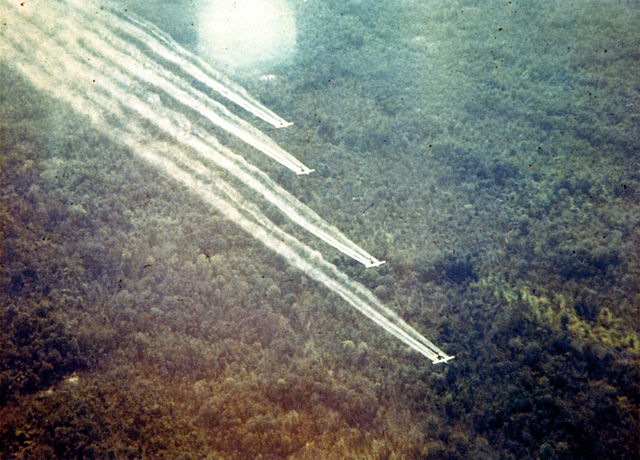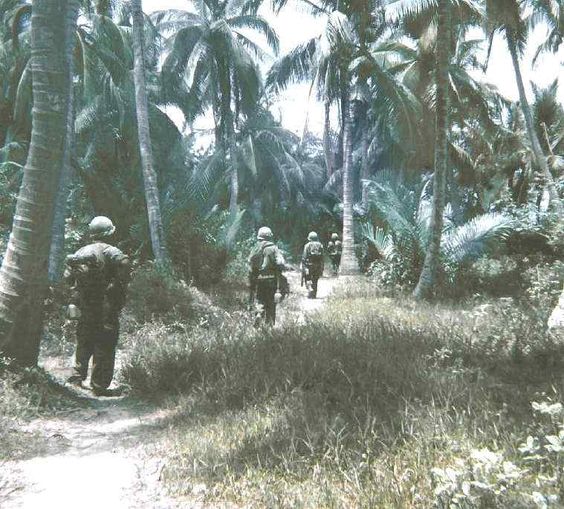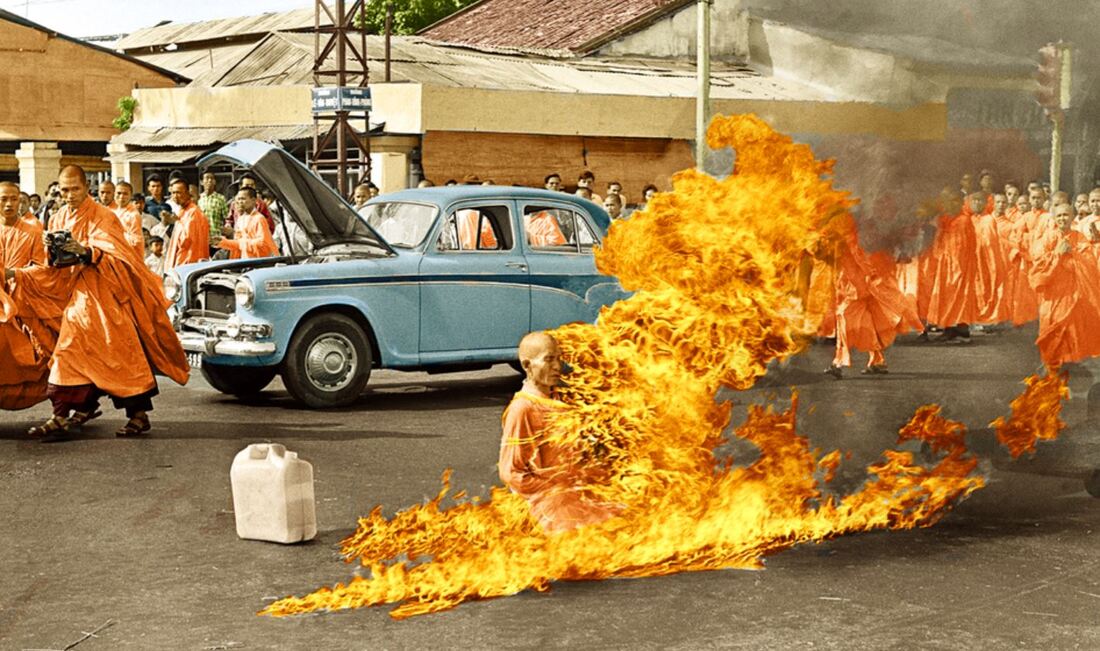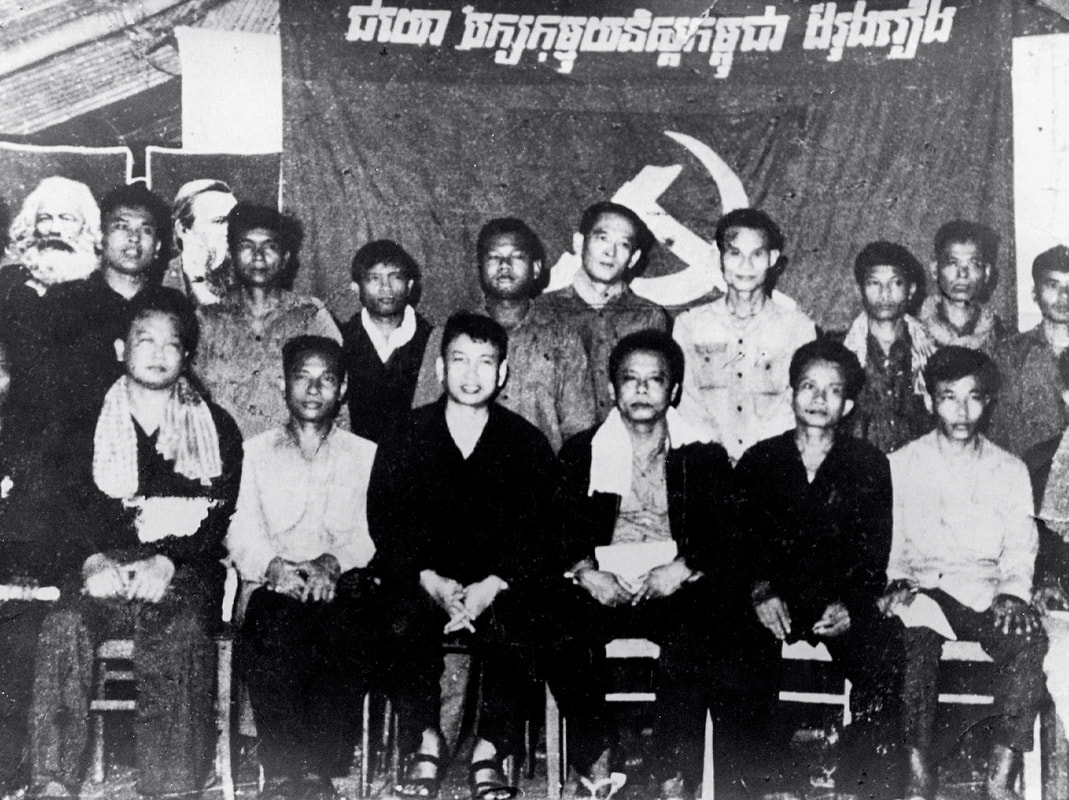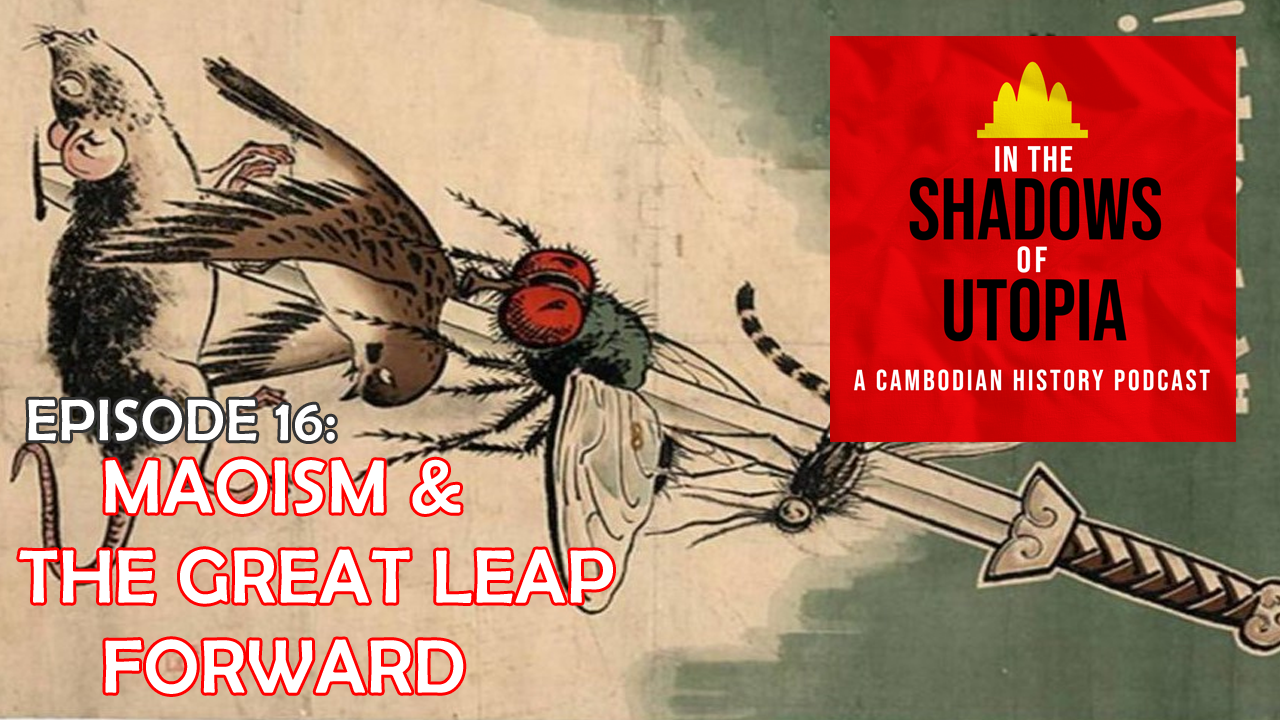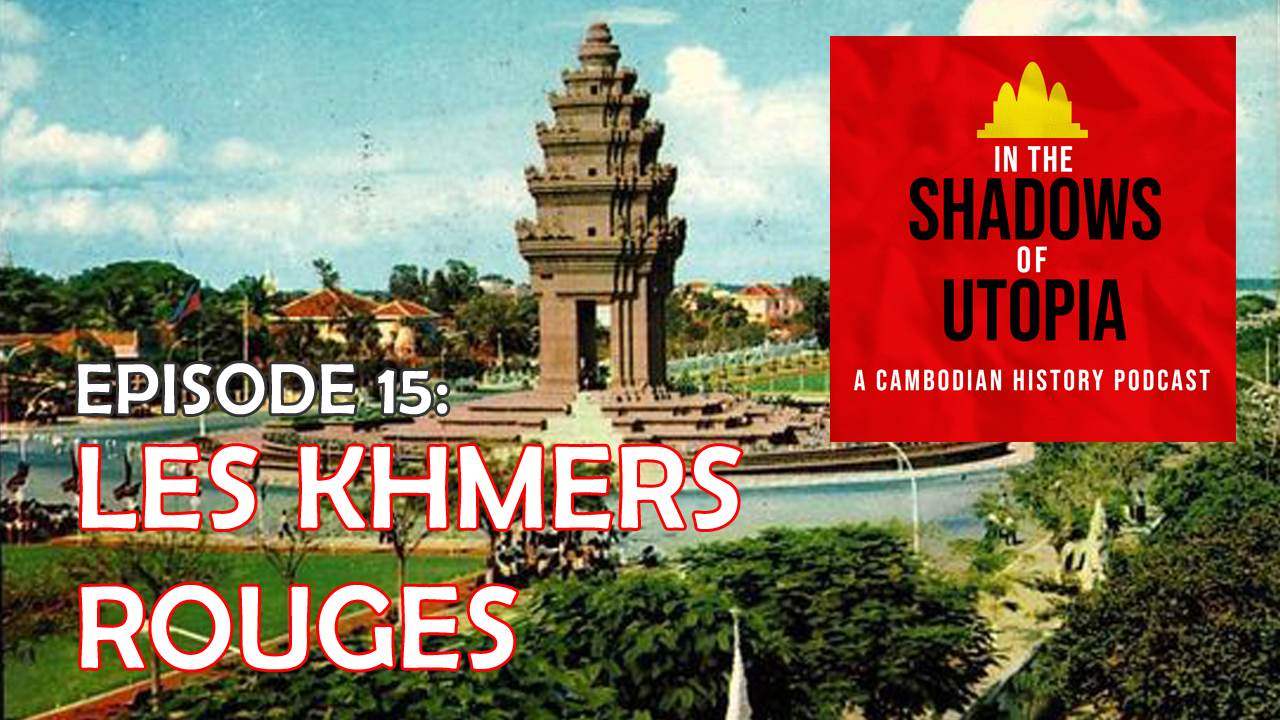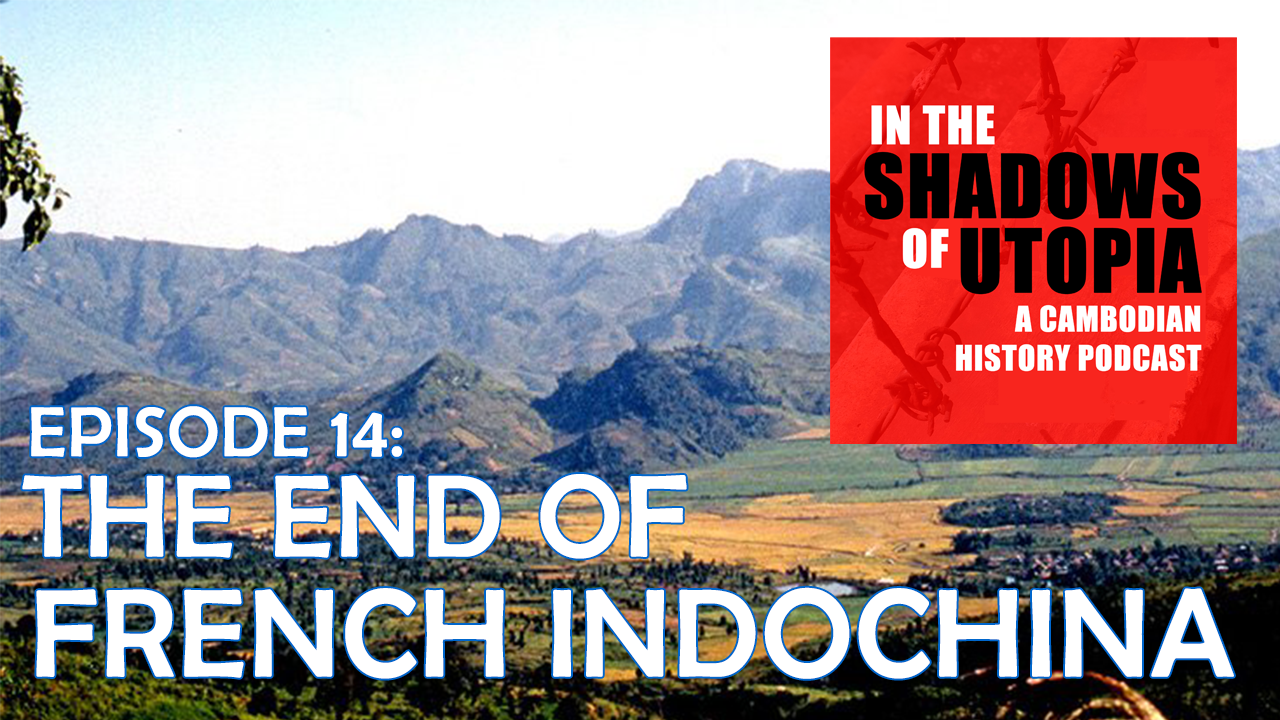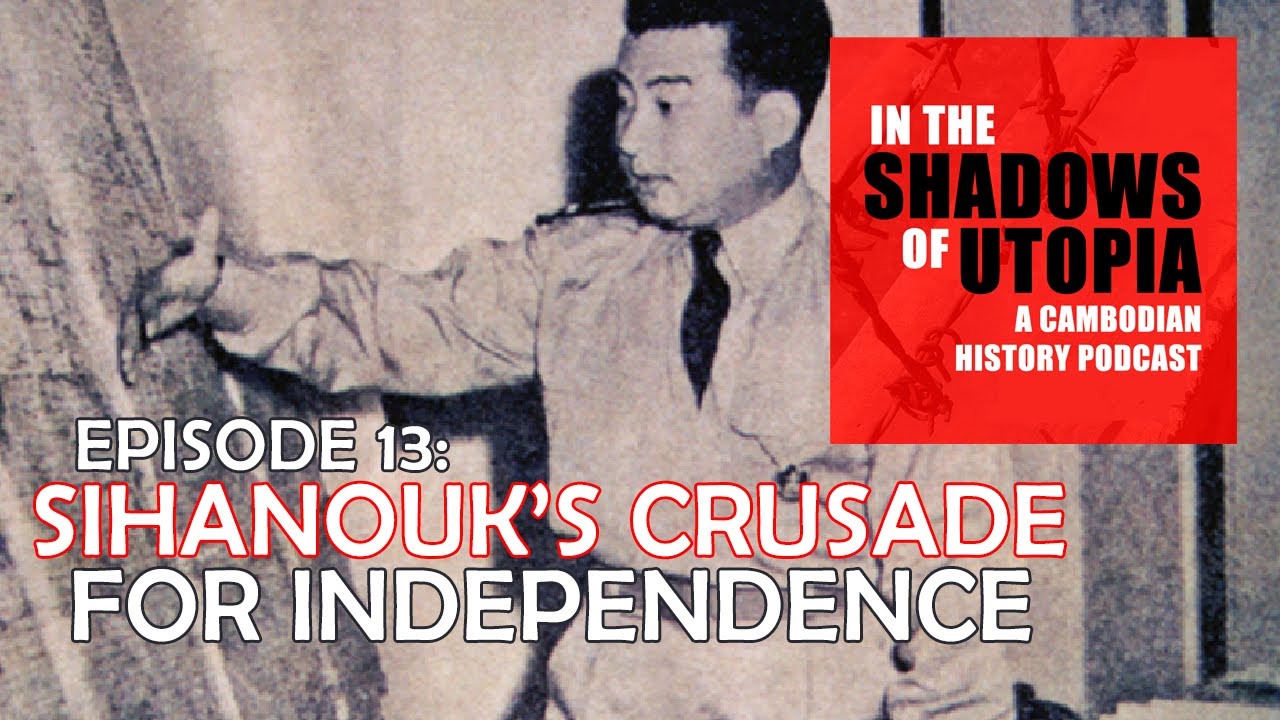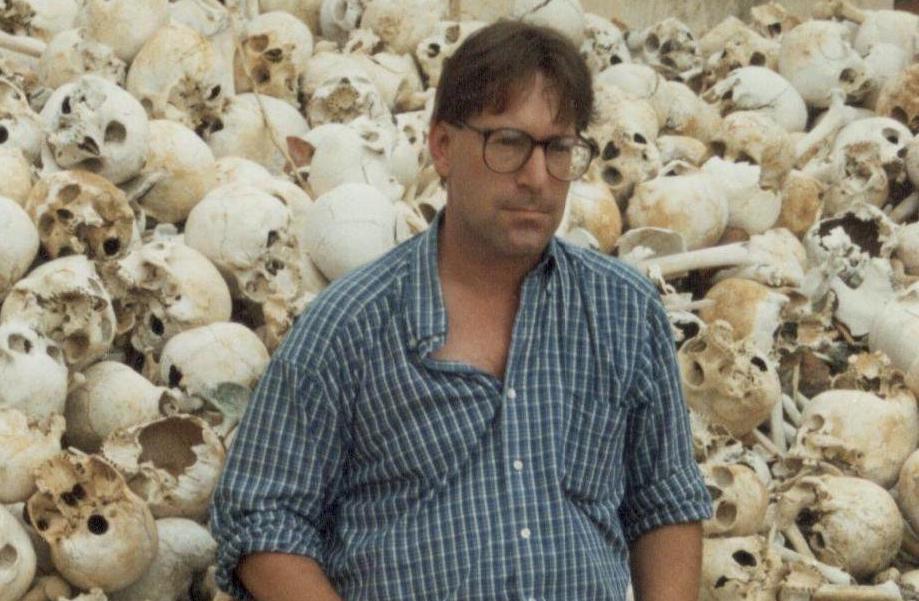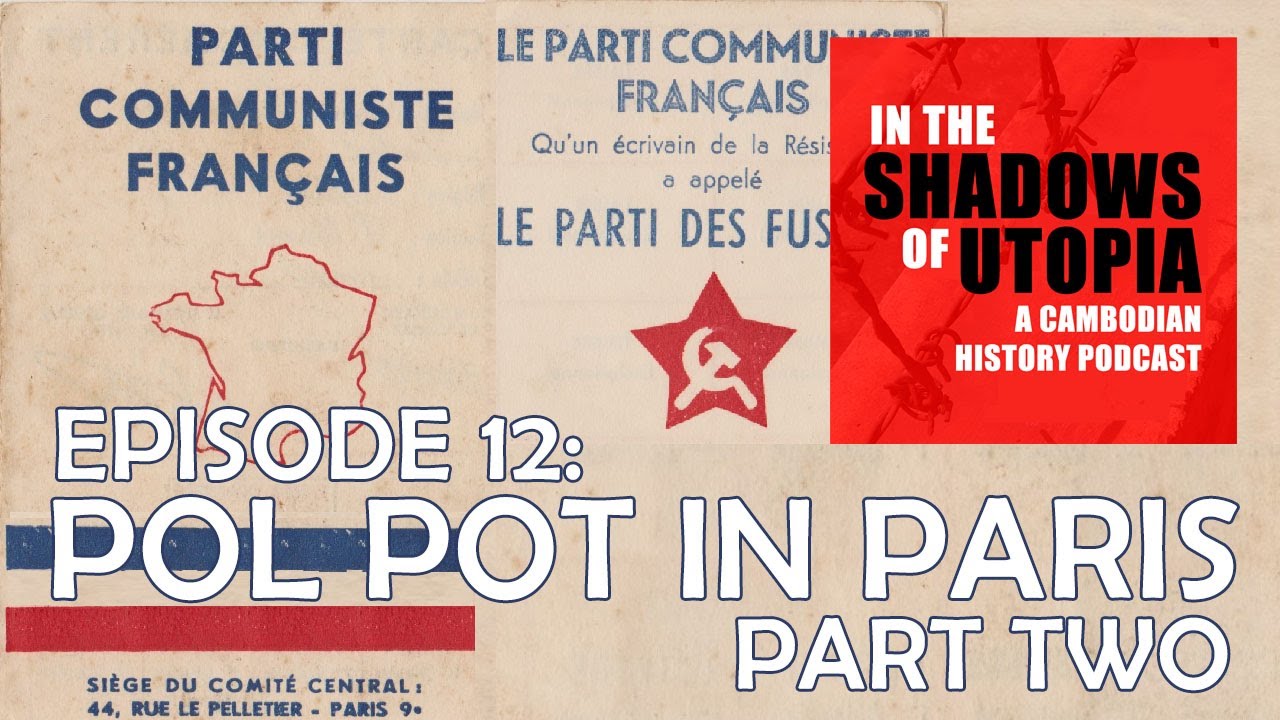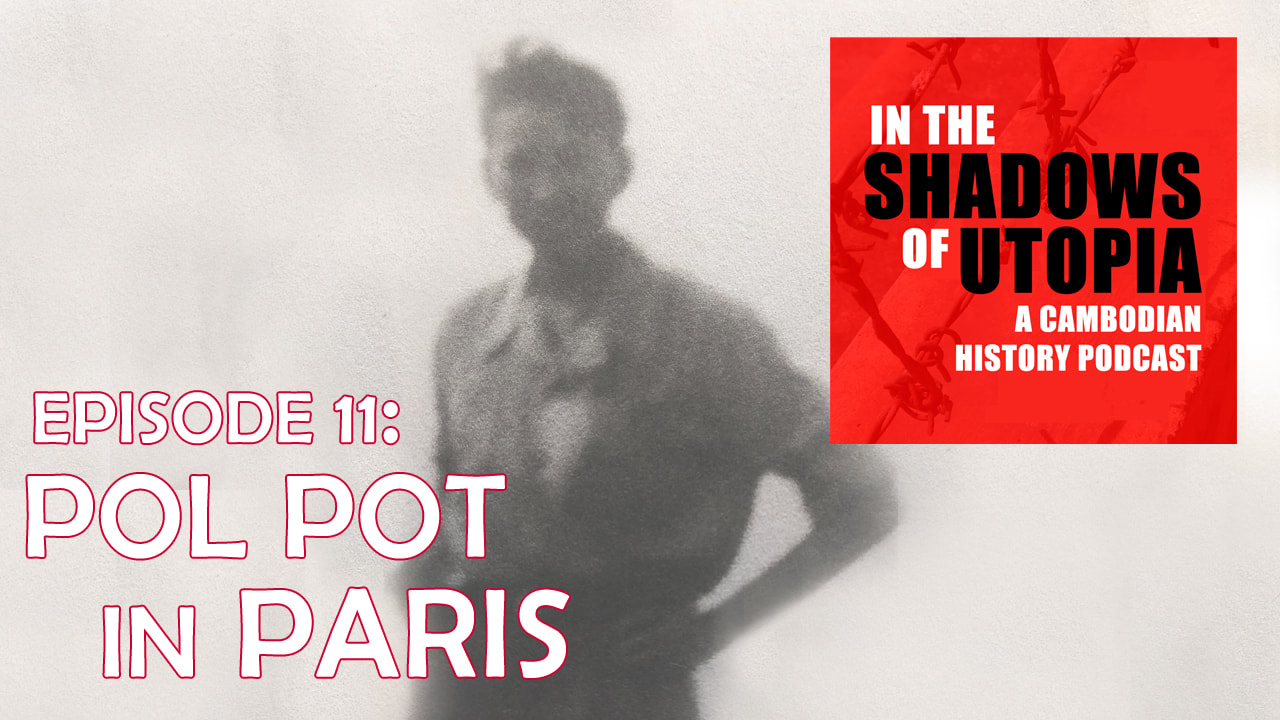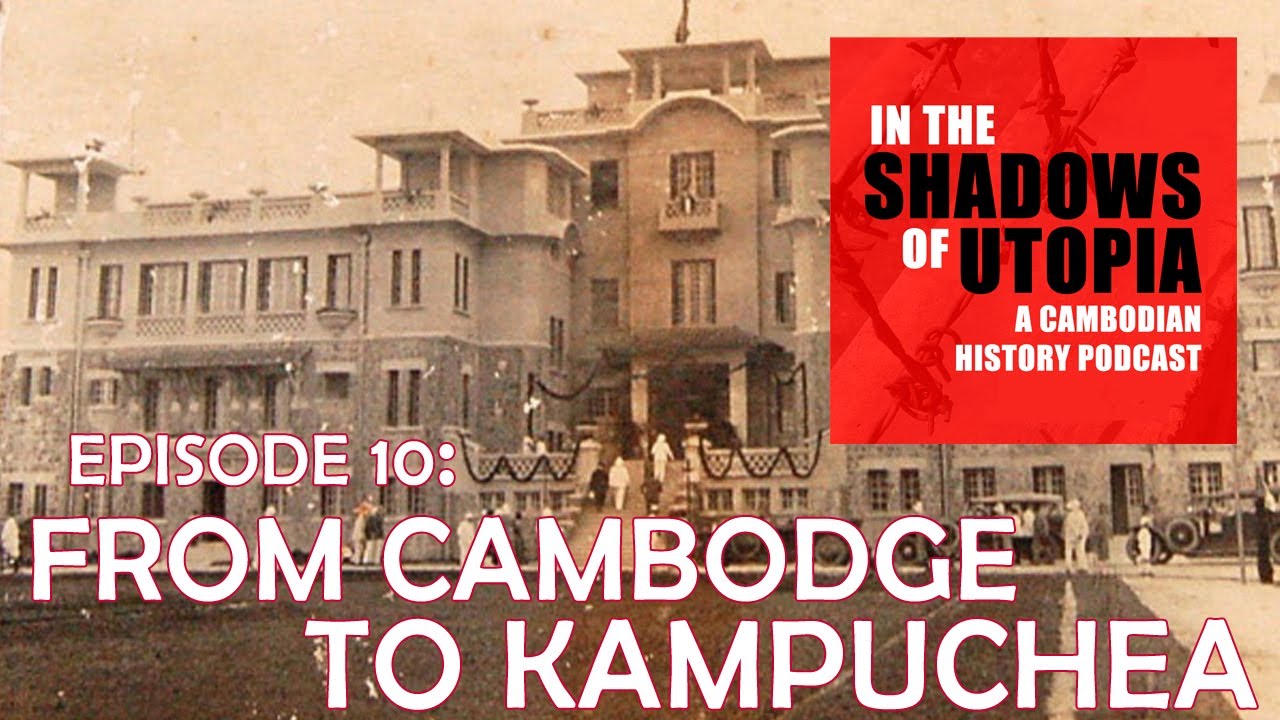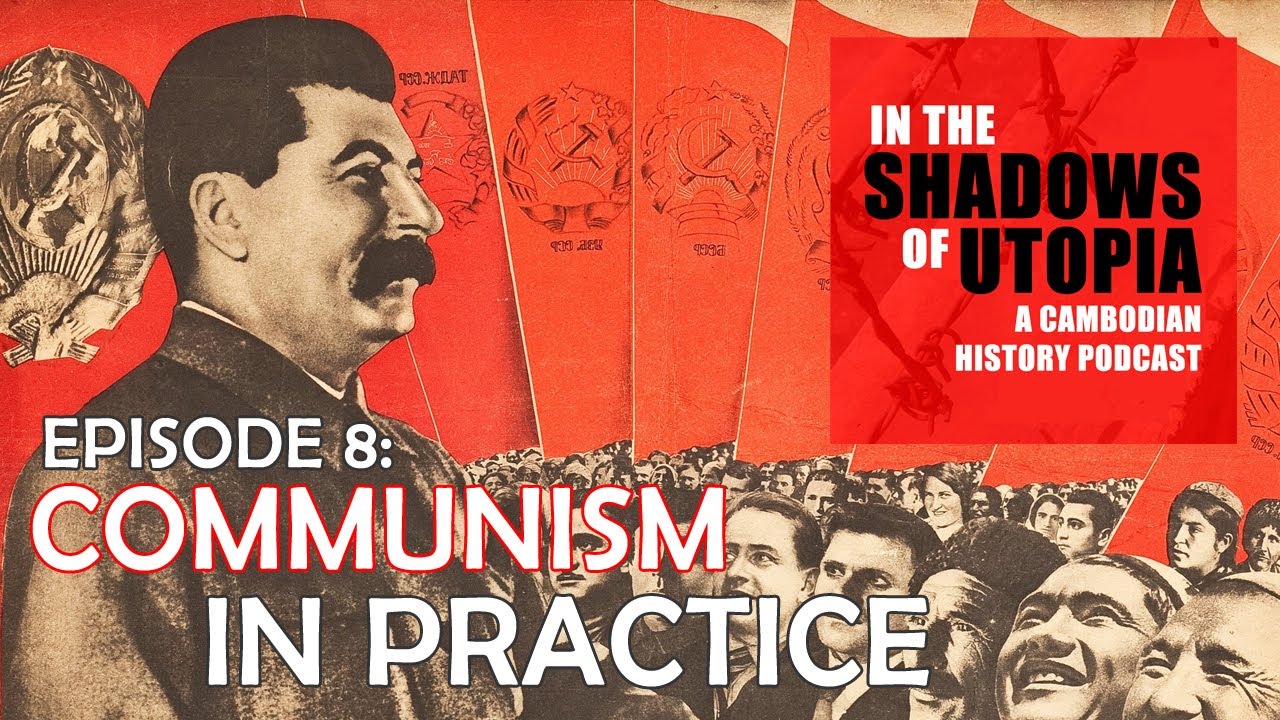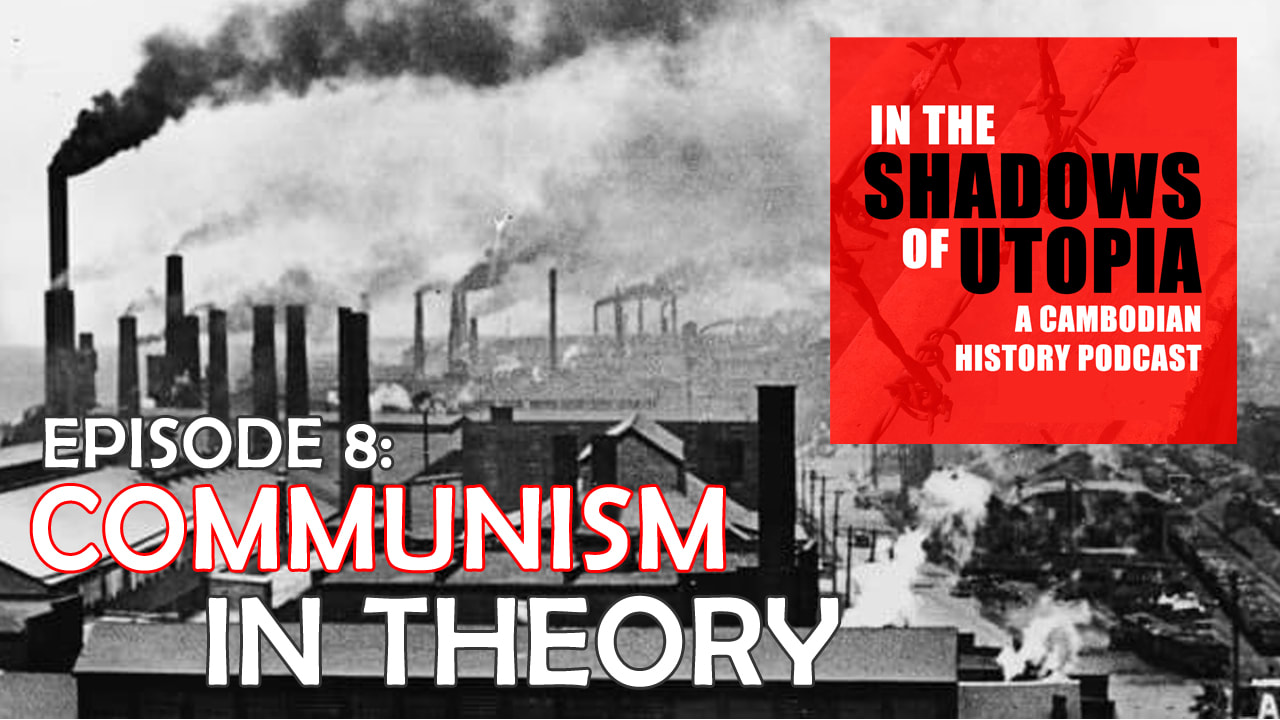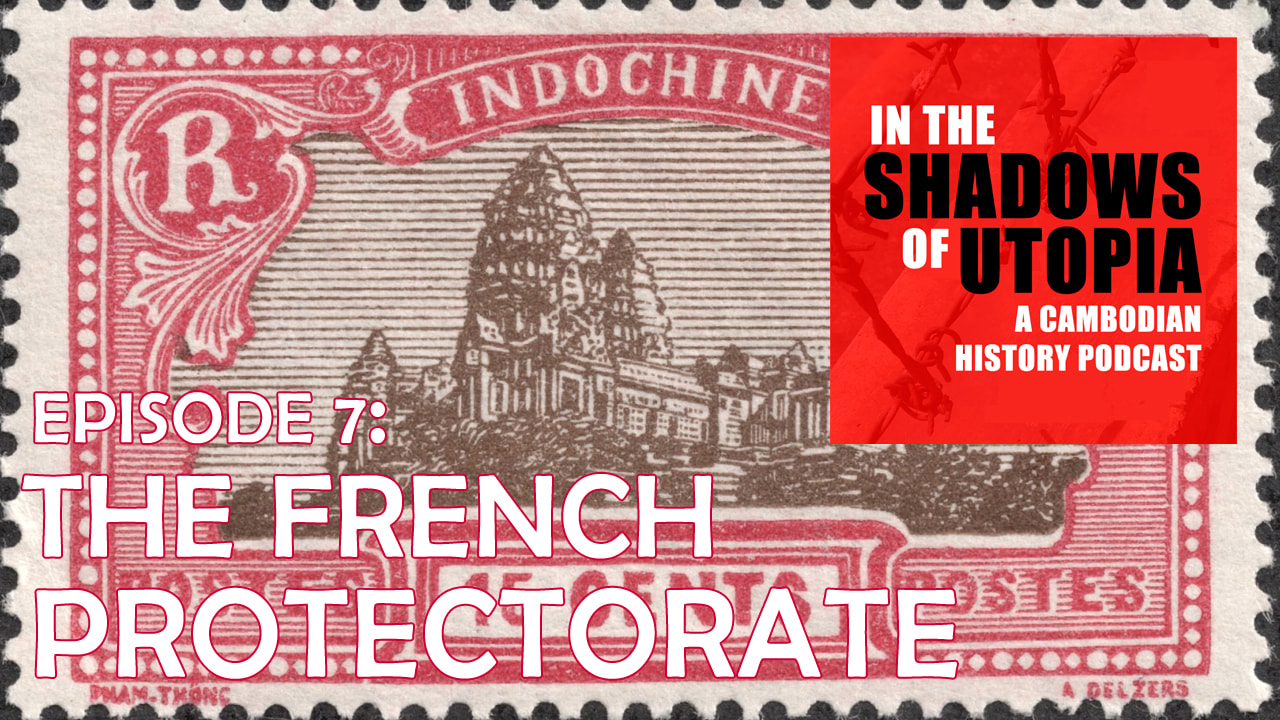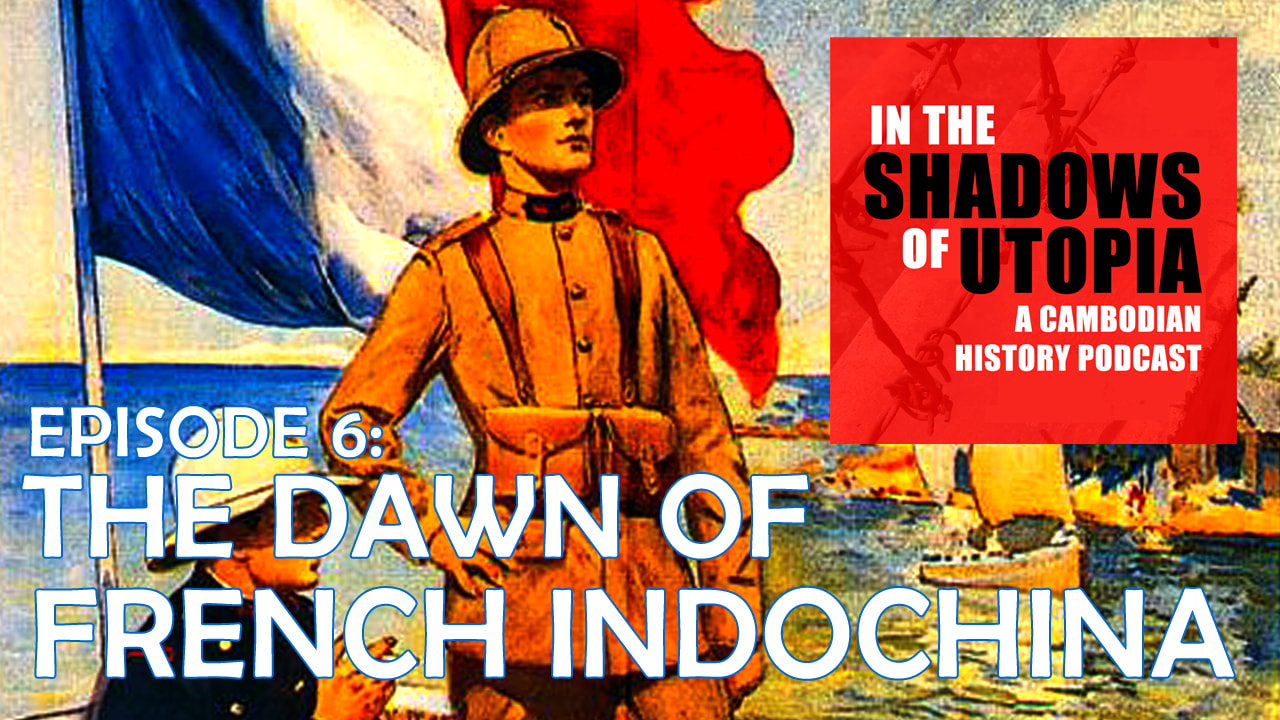|
How many journalists were able to set foot in Cambodia before the revolution, during the revolution and after the revolution? Not many. Elizabeth Becker is one of those people. In 1973 she began covering the war in Cambodia, in 1978 she was part of a three person delegation which saw the first western journalists to enter into Democratic Kampuchea. There she was witness to, as she describes it a "Twilight Zone" version of Cambodia. She also met Pol Pot. The end of her trip ended in tragedy as one member of the delegation was murdered the same night. A fictionalised version of that story is the subject of Rithy Panh's new film Rendez-vous avec Pol Pot, and I got to speak to Elizabeth about her newest book "You Don't Belong Here", as well as her story and work in Cambodia, witnessing the effects of the 1973 US bombing campaign, her tour of Democratic Kampuchea and much more. For the David Chandler Review of When The War Was Over Click Here
0 Comments
What role does the Tet Offensive play in the My Lai Massacre?
Lachlan sits down with Matt Madden, translator of Chan Samoeun’s Prisoners of Class. The book, having been recently released in English for the first time, is an amazing example of a Khmer Rouge survivor memoir.
They discuss Matt’s journey in finding the original book, meeting the author and translating it over many years. The book itself, including amazing details and descriptions of the world of the ‘life slave’ in Democratic Kampuchea, are discussed and thought about, as well as the contributions to the work that Matt has produced. Please go out and get yourself a copy of the book, the best place to do so is from https://www.mekongriverpress.com/ where you can preview the book, get access to the supplementary material, as well as purchase various editions. Please take the time to leave a rating or review wherever you get it from! 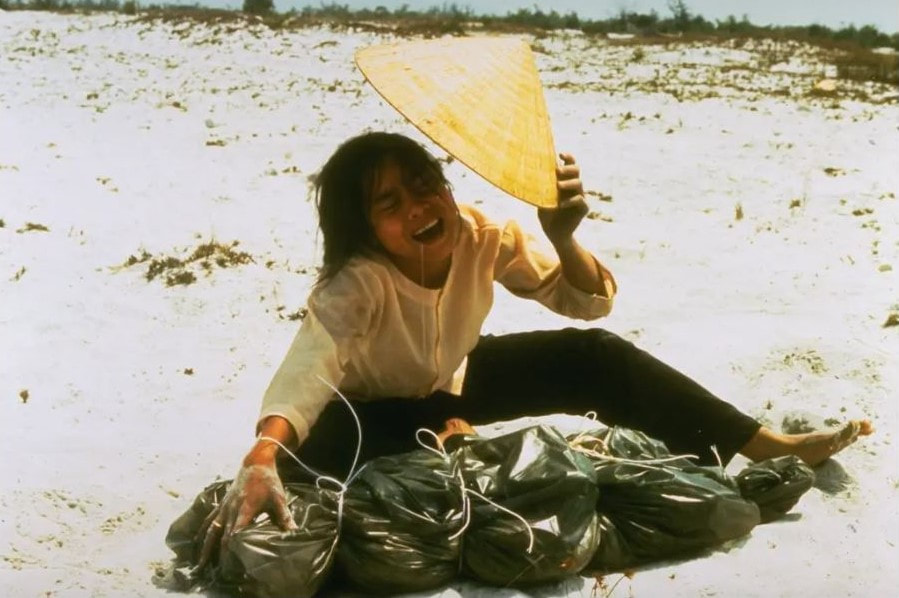 What did the Tet offensive achieve? How was the Battle of Hue waged? Why were almost 3000 people murdered by the Viet Cong? Time Period Covered 1968 This episode covers the Tet Offensive of early 1968. Lachlan links the media coverage of the event, with the extreme scenes in Saigon, to the reality of the offensive and what the communists hoped to achieve. In Hue, perhaps the most stunning battle of the offensive took place, as for four weeks the city was occupied by the NVA and NLF. During this time, as a brutal campaign of house-to-house combat took place, the communists embarked upon a reign of terror to reshape the city they had taken, at least 2800 civilians were murdered. Sources Edward Miller The Vietnam War: A Documentary Reader Nha Ca Mourning Headband For Hue The Vietnam War Geoffrey War and Ken Burns The Vietnam War Mark Atwood Lawrence Vietnam Max Hastings The Viet-Cong Strategy of Terror Douglas Pike Hue Mark Bowden How did the CPK develop their plan to genuinely start a war in Cambodia?
Why did Sihanouk seek rapprochment with the United States? How did the bombing of Cambodia begin? Time Period Covered 1967-1968 January 1968 will prove to be a pivotal month for the Vietnamese, Cambodian and American interests in the war. This episode details how the Cambodian communist movement finally began an armed struggle against the Sihanouk government. How the United States negotiated a deal to bomb Cambodia, and how the Vietnamese began a counter attack against the Saigon regime. Sources Philip Short Pol Pot: History of a Nightmare David Chandler The Tragedy of Cambodian History & Brother Number One Ben Kiernan How Pol Pot Came to Power and Peasants & Politics in Kampuchea Milton Osbourne Sihanouk Steve Heder Cambodian Communism and the Vietnamese Model Elizabeth Becker When the War was Over Nic Dunlop Lost Executioner ECCC Case 001 Witness Testimony 2009 Shawcross Sideshow: Kissinger, Nixon, and the Destruction of Cambodia CIA FOIA What led to Mao's launching of a 'cultural revolution' in the People's Republic?
What were the aims of this movement? Why did perhaps a million people die at the hands of their countrymen in less than four years? Time Period Covered 1964 - 1969 In what could be considered a belated "Part Two" to the episode introducing Maoism and the Great Leap Forward, Lachlan revisits China and attempts to explain the "Cultural Revolution". Officially launched in 1966, this period of chaos, an example of a cult of personality being used to destroy a system and replace it with a kind of perpetual revolution, would lead China into a near state of anarchy. Radical young Maoists, organised into groups of "Red Guards" terrorised those that they considered to be sufficiently counter to the ideological mandate set by Mao. Philip Short Mao Frank Dikotter The Cultural Revolution: A People's History Andrew Walder China Under Mao Richard Baum Lecture Series What was the Samlaut Rebellion, and how did it start?
Who was responsible for this outbreak of violence? What leads to Khieu Samphan disappearing over night? Time Period Covered 1967 In the first part of an explanation of how the Cambodian Civil War begins, Lachlan looks into the circumstances which lead to an outbreak of violence in the province of Battambang. Then on April 2, 1967, a series of murders turns into a genuine eruption of peasant unrest and government reprisal; the Samlaut Rebellion. But who started it? Was it the Khmer Rouge as Sihanouk thinks - and just who are these Cambodian communists in his eyes? Philip Short Pol Pot: History of a Nightmare David Chandler The Tragedy of Cambodian History & Brother Number One Ben Kiernan How Pol Pot Came to Power and Peasants & Politics in Kampuchea Milton Osbourne Sihanouk Steve Heder Cambodian Communism and the Vietnamese Model Elizabeth Becker When the War was Over Nic Dunlop Lost Executioner ECCC Case 001 Witness Testimony 2009 How does the "Vietnam War" begin?
How did the Communist Party of Kampuchea (CPK) get its name? Why did Sihanouk start making so many movies in the 1960's? Time Period Covered 1964 - 1967 In this episode, Lachlan revisits Vietnam as LBJ wages war upon the North and the Viet Cong. Pol Pot leaves the jungle to visit Hanoi, and Beijing, and changes the direction of Khmer Communism. Meanwhile, in Cambodia, Sihanouk begins losing his magic touch as various quarters become less enamoured with his policies. The Cambodian Civil War approaches, as the war in Vietnam begins to spread. Sources Philip Short Pol Pot: History of a Nightmare David Chandler The Tragedy of Cambodian History & Brother Number One Ben Kiernan How Pol Pot Came to Power Milton Osbourne Sihanouk Steve Heder Cambodian Communism and the Vietnamese Model Edward Miller The Vietnam War Mark Atwood Lawrence A Concise History of the Vietnam War Democratic Kampuchea Livre Noir Who was Nuon Chea?
What does Buddhism have to do with Khmer Rouge ideology? Why did Sihanouk sever ties with the United States? Time Period Covered 1963 - 1965 In this episode we explore the impact of the fateful year of 1963 in Cambodia, as well as the circumstances that the new Cambodian communist leadership were dealing with in the Vietnamese jungle. We also look at the difference between two influential future leaders of Democratic Kampuchea; Khieu Samphan and Nuon Chea, as they play quite different roles for the organisation. This episode also explores the relationship between Theravada Buddhist language, grammar and thought and the way this was utilised by the Khmer Rouge to transplant communist ideas into Cambodian minds. Finally, the episode concludes by explaining the reasons surrounding Sihanouk's distancing from the US and eventual cutting off of US aid and relations between the two countries. Sources Philip Short Pol Pot: History of a Nightmare David Chandler The Tragedy of Cambodian History & Brother Number One Ben Kiernan How Pol Pot Came to Power Milton Osbourne Sihanouk Steve Heder Cambodian Communism and the Vietnamese Model Norodom Sihanouk My War with the CIA What is Agent Orange and why did the Kennedy Administration decide to use it?
How did Diem's Regime collapse? What was the Buddhist Crisis? Time Period Covered 1961 - 1963 In the final part of our exploration into the beginnings of the "Vietnam War", we look at the circumstances surrounding the early Kennedy years and how a 'prudent' approach to South Vietnam resulted in a number of problems, both immediate and in the future. We look in depth at Operation Ranch Hand, the decision to use defoliants in South Vietnam, as well as how the Diem Regime becomes a no longer viable partner for the US and their wider strategic interests. We explain the Buddhist Crisis and the self-immolation of Quang Duc and the competing visions of a new South Vietnam. Finally the coup against Diem, Kennedy's assassination as well as the return of Pol Pot to the jungles of Vietnam represents a new chapter in the coming historical hurricane. Sources Christopher Goscha Vietnam: A New History Fredrick Logevall The Embers of War Edward Miller The Vietnam War & Reinterpreting the Buddhist Crisis (Modern Asian Studies November 2015) Neil Sheehan The Pentagon Papers Geoffrey Warner The United States and Vietnam 1945-1965 (International Affairs October 1972) William Buckingham The US Air Force and Herbicides in Southeast Asia How did a succession of US administrations become stuck in Vietnam?
How did Diem's policies create the conditions for insurgency? What did the early activities of the NLF look like? Time Period Covered 1954 - 1961 In part two of our exploration of the path to the Second Indochina War, we focus on early American efforts to create a stable regime in South Vietnam. The activities of the CIA and Edward Lansdale in the aftermath of Geneva are used to introduce this relationship, as well as the growing realisation in some quarters that perhaps Diem was not the best person for the job of leading the country. We look at the 'paradox' of Vietnam, why escalation slowly continued in the face of private doubts. NLF operations in the Mekong Delta are discussed from the point of view of those staging these actions, as well as those civilians who were effected by the authoritarianism of Diem and the intimidating tactics of those that wished to overthrow him. Sources Christopher Goscha Vietnam: A New History Fredrick Logevall The Embers of War Edward Miller The Vietnam War Neil Sheehan The Pentagon Papers Geoffrey Warner The United States and Vietnam 1945-1965 (International Affairs October 1972) What occurred in a divided Vietnam in the aftermath of the Geneva Accords?
How did so many die during the North Vietnamese “Land Reform Campaign”? Why was South Vietnam described as an ‘emerging fascist state’? Time Period Covered 1954 - 1963 In this first part of a kind of mini-series on the origins of the Vietnam War, Lachlan investigates the state building in the divided Vietnam. Exploring the ideology and benefactors of the separate regimes, we touch upon the thousands of those who died during the efforts to revolutionise the North – as well as similarly draconian methods to consolidate power in the hands of one family in the South. Sources Christopher Goscha Vietnam: A New History Ben Kiernan Viet Nam Edward Miller The Vietnam War Alec Holcombe Mass Mobilisation in the Democratic Republic of Vietnam How did Pol Pot become leader of the Khmer Rouge?
What did prominent communists like Khieu Samphan do in Sihanouk’s Cambodia? Were there limits to Sihanouk’s power and tightrope act? Time Period Covered 1960-1963 We begin with a reflection on how Cambodian history can permeate even seemingly mundane spaces, before looking in on a secret communist seminar led by the new leader of the Khmer Rouge. This episode functions as a revisit of some loose ends left as the Cambodian communists began taking their own steps toward having an independent movement from the Vietnamese, as well as how the roles in that party began taking shape. We learn about the mysterious death of Tuo Samouth, as well as the circumstances that precede the vitally important year of 1963. Apologies for some audio hiccups, this one was recorded in a different location. Sources Philip Short Pol Pot: History of a Nightmare David Chandler The Tragedy of Cambodian History, Brother Number One, A History of Cambodia Ben Kiernan How Pol Pot Came to Power Milton Osbourne Sihanouk Elizabeth Becker When the War was Over Norodom Sihanouk My War with the CIA Why was one of the most prominent slogans of the Khmer Rouge about a "super great leap forward"? What is Maoism and why did the People's Republic of China provide a new ideological source for the world? Why did the USSR and the PRC split in the 1960s?
Time Period Covered 1949 - 1962 This episode could be considered the third instalment in the history of communist ideology of the series. Lachlan discusses the Chinese Civil War, the People's Republic of China, Mao, Maoism, the circumstances surrounding the Great Leap Forward and it's terrible consequences. This is a brief explanation of the 45 million deaths that occurred in China as a result of government policy. The Chinese communists will provide the Khmer Rouge not only with material and economic aid once they come to power, but also with an ideological framework - a program - that the Cambodians will seek to recapitulate. This is an explanation of that program, as well as another hugely important factor in the coming chaos in Indochina, the ideological schism between the USSR and the PRC known as the Sino-Soviet Split. Sources Philip Short Mao Julia Lovell Maoism: A Global History Richard Baum The Fall and Rise of China Frank Dikotter Mao's Great Famine How does the Communist Party of Kampuchea form? How does Saloth Sar become a married man and teacher? What are the consequences of Sihanouk’s neutral foreign policy?
Time Period Covered 1955-1960 As peace broke out over Cambodia in the wake of the First Indochina War, the fledgling communist movement had to learn to survive in a newly independent country under the rule of Prince Norodom Sihanouk. Numbers dwindling and unable to openly resist the government, the ‘revolutionary organisation’, as they began calling themselves, found an avenue for recruits in the schools of Phnom Penh. The man who would become Pol Pot became a teacher. Meanwhile, in an attempt to navigate a neutral path for Cambodia in the Cold War era, Sihanouk opens relations with China as well as the United States. This agenda will have consequences, as the CIA begins trying to undermine his government and even seek his removal. The resulting “Bangkok Plot”, a series of conspiracies against him, will be explained. The Khmer Rouge, as Sihanouk had begun calling the communists in his country, will also meet to discuss a new kind of organisation - the Communist Party of Kampuchea. Saloth Sar, Nuon Chea and Ieng Sary will all find themselves in high-ranking positions as the seeds of their revolution are sewn. Sources Philip Short Pol Pot: History of a Nightmare David Chandler The Tragedy of Cambodian History, Brother Number One Ben Kiernan How Pol Pot Came to Power Milton Osbourne Sihanouk Elizabeth Becker When the War was Over Norodom Sihanouk My War with the CIA Peter Froberg Idling Song for an Approaching Storm Craig Etcheson Overview of Hierarchy of Democratic Kampuchea How does the First Indochina War end? What do the Geneva Accords mean for Cambodia? Who wins the 1955 Cambodian general election?
Time Period Covered December 1953 – July 1955 Cambodia faces Viet Minh assaults around the country as the First Indochina War comes to its climax, but the French will suffer their most stunning defeat at Dien Bien Phu. World powers will convene to find a solution to the conflict. The resulting ‘peace’ will marginalise the Cambodian communist movement at the expense of the Vietnamese one, and Sihanouk will create a new political movement. Sources Philip Short Pol Pot: History of a Nightmare David Chandler The Tragedy of Cambodian History Ben Kiernan How Pol Pot Came to Power Milton Osbourne Sihanouk Christopher Goscha Vietnam: A New History How does Cambodian Independence day originate in November 1953? What does the First Indochina War look like in Cambodia? How does a young Pol Pot 'join the maquis'?
Time Period Covered January – December 1953 This episode explains the actions of King Sihanouk that one French General declared were ‘that of a madman, but a madman of genius’. Almost out of the blue the Cambodian king will claim independence for his country and end almost a century of French colonial rule. Meanwhile, the First Indochina War will bring its ruin to the Cambodian countryside and Saloth Sar will join the communist struggle against the French in the jungles. Sources Philip Short Pol Pot: History of a Nightmare David Chandler The Tragedy of Cambodian History Milton Osbourne Sihanouk Christopher Goscha Vietnam A New History Ben Kiernan Viet Nam Edward Miller The Vietnam War Craig Etcheson is currently visiting scientist at Harvard’s TH Chan School of Public Health, and he was a founder of the Documentation Centre of Cambodia, he has been studying the Khmer Rouge regime for more than thirty years. He worked as an investigator of the prosecution at the ECCC between 2006-2012, and testified at the tribunal as an expert witness. He recently published a book titled "Extraordinary Justice: Law, Politics, and the Khmer Rouge Tribunals" and in this conversation we get into some of the complexities involved in this ‘experiment’ as he puts it, including the shortcomings of the tribunal, government interference, as well as the status of the cases 003 and 004.
How did the First Indochina War become part of the Cold War? When did the Khmer students studying in Paris become communists? What influenced Saloth Sar to become a revolutionary? Time Period Covered 1947-1953 This episode explains the way that the first ‘Vietnam War’ began developing into something recognisably part of the Cold War. We also trace the path of the young Pol Pot as his studies in Paris become influenced by a rising influence of communism. Cambodian politics and the return of Son Ngoc Thanh will produce a change in the rule of King Sihanouk, and the early developments of what will be the Khmer Rouge’s ideology begin taking shape. The Viet Minh dissolve the 'Indochinese Communist Party' into discrete parties based on national lines, and the Khmer People's Revolutionary Party is formed - the organisation that will eventually become the Communist Party of Kampuchea and the Khmer Rouge. Sources Philip Short Pol Pot: History of a Nightmare David Chandler The Tragedy of Cambodian History Milton Osbourne Sihanouk Ben Kiernan How Pol Pot Came to Power Edward Miller The Vietnam War What does the anti-colonial scene look like in Cambodia? Who are the Khmer Issarak and how do nationalists and young Cambodian students relate to this movement as well as the growing war in Vietnam with the returning French?
Time Period Covered 1945 - 1950 Saloth Sar, the young Pol Pot, will arrive in Paris in October 1949. In this episode we trace the path that he takes to get there, as well as the very important developments in Cambodian and world history that are taking place at this time. Resistance to French colonialism takes the shape of the 'Khmer Issarak' in Cambodia, a banner which includes many different groups and figures - some open to communist ideology and some staunch nationalists. Leaders such as Dap Chhuon, Prince Chantaraingsey, Puth Chhay and Son Ngoc Minh are discussed, as well as the circumstances around the beginning of the First Indochina War. Meanwhile, Saloth Sar is introduced to communist ideology in Paris, and a group of students including Ieng Sary, Thioun Mumm, Keng Vannsak and more will organise themselves along Marxist inspired politics. Sources Philip Short Pol Pot: History of a Nightmare David Chandler The Tragedy of Cambodian History Milton Osbourne Sihanouk Christopher Goscha Vietnam A New History Ben Kiernan Viet Nam Edward Miller The Vietnam War What is the Umbrella Revolt in Cambodia? How do nationalists like Son Ngoc Thanh react to the rise of Imperial Japan? What are the circumstances surrounding the choice of Norodom Sihanouk as the new Cambodian king in 1941 - as a 19 year old? How will the Democratic Republic of Vietnam be declared?
TIme Period Covered 1930 - 1945 This episode is an in-depth discussion of the events in Cambodia and Vietnam that occurred once the French presence in Indochina was diminished by Imperial Japan during WWII. Cambodia will briefly become independent amongst the chaos of 1945, but the road to this change will involve a host of different events. Cambodian nationalism becomes a genuine force within the country, and Prince Norodom Sihanouk will become king in 1941. Monks will protest, some will join revolutionary movements. The young men and women who will eventually form the core of the Khmer Rouge will witness rapid change as the world transforms radically in just six years. Sources Philip Short Pol Pot: History of a Nightmare David Chandler The Tragedy of Cambodian History and A History of Cambodia Ben Kiernan How Pol Pot Came to Power Milton Osbourne SIhanouk How do you build a society out of the theories of Marx and Engels? Who was Lenin and why is he such an important communist figure? How did communism come to Indochina?
Beginning with Lenin being sent into the fragile Russian Empire in 1917, this episode is a discussion of the evolution of Marxism from 'theory' to 'practise'. This creates a new version of the 'doctrine': 'Marxism-Leninism'. The Russian Revolution in 1917 represents the entrance of a new civilisation onto the globe, one fuelled by the energy of communism. A young Vietnamese man sees this ideology as a potential way for his country to be freed from colonialism, as do many others. The reign of Lenin gives way to Stalin, and terror, as we expand our vocabulary of 'communism' in order to better understand the actions of the Khmer Rouge. What is the proletariat? Who wrote the Communist Manifesto? What was the context in which it was written?
Time Period Covered 1842 – 1900 This episode is intended to function as an introduction to the ideas of Marx and Engels, and more broadly to 'communism'. We begin with some common phrases used by the Communist Party of Kampuchea and their cadre that highlight the ideology of the movement. We then depart Southeast Asia for Europe in the midst of the Industrial Revolution, and look at the work of Karl Marx and Friedrich Engels as they form a new view of history based on economics and class, and they forecast revolution. Sources Friedrich Engels The Conditions of the Working Class in England Karl Marx & Friedrich Engels The Communist Manifesto Henri Locard Pol Pot's Little Red Book: The Sayings of Angkar What did French control of Cambodia look like? How did this ‘Protectorate’ function? What are the origins of Cambodian nationalism? What was life like for your average Khmer in the early 20th century?
Time Period Covered 1880 – 1938 This episode centres around Cambodian history as the French instigate the colonisation of Indochina. We learn about the early reactions to French rule, as well as the treatment of the Khmer by the imperial power and how the 'protectorate' functioned. The murder of the French 'resident' Felix Louis Bardez in a rural hamlet also prompts a discussion of the culture of the Khmer living in the areas outside of the major towns and cities based on May Ebihara's groundbreaking work. This episode continues detailing the early life of Saloth Sar, and his family, as well as introducing Son Ngoc Thanh, and the first Khmer language newspaper 'Nagaravatta'. Sources David Chandler A History of Cambodia Ben Kiernan How Pol Pot Came to Power Philip Short Pol Pot: History of a Nightmare May Ebihara Svay: A Khmer Village in Cambodia What happened in the years leading up the French colonisation of Cambodia, Laos and Vietnam? How did Cambodian rulers become so dependent on either Siam or Vietnam for protection?
Time period covered: 1789 - 1887 In this episode, Lachlan bridges the gap between Cambodia’s ‘middle period’ and the dawn of French colonisation of Indochina. Beginning with the French revolution and its links with the eventual Khmer Rouge revolution, we then explore the imposition of Vietnamese control on Cambodia in the 19th century, as well as the story of a French naturalist who visited the region. The episode ends with the different ways in which the French conquered Cambodia and Vietnam. The story of Cambodia’s ‘years of calamity’ and the influence of this period on the psyche of a country dominated by the ascendant Siam and Vietnam is explored. We even have an introduction to the early years of Saloth Sar, otherwise known as Pol Pot. Sources David Chandler A History of Cambodia Henri Mouhot Travels in Siam, Cambodia and Laos Philip Short Pol Pot: History of a Nightmare |
Categories
|
||||||









